(Photo Credit: Andrew Davis)
Tomlinson Holman is a film theorist, audio engineer, and inventor of film technologies, notably the Lucasfilm THX sound system. He also worked on Star Wars: Return of the Jedi and Indiana Jones and the Temple of Doom.
In a career spanning 55 years, Tom built consumer electronics and loudspeakers, was involved in founding multiple companies, taught at University, and wound up at Apple for 10 years. The organizations were Advent, Apt, Lucasfilm, USC, TMH, Audyssey, and Apple, all trend setters. All very different roles but with good audio as the underlying basis.
Tomlinson was very kind when we asked to interview him. Let him take you on a journey through his early years, career, and also his view on the future of sound!
How did you get started in sound and how did it evolve into a career?
I worked in lighting and sound in Drama Club in high school, but lighting was my thing. When I went away to university, I also worked in the Theatre Dept (at Illinois) as an extracurricular activity, but there was a lighting professor. Thus, I could apprentice myself to an expert, or I could branch out on my own and do sound (there were no sound professors in those days). I worked on plays for, among others, Dore Schary, who I did not know had been Head of Production at RKO Studios and later President of MGM, replacing Louis B. Mayer! I didn’t know any of that because there was no Google in those days, but I did sound design for him.
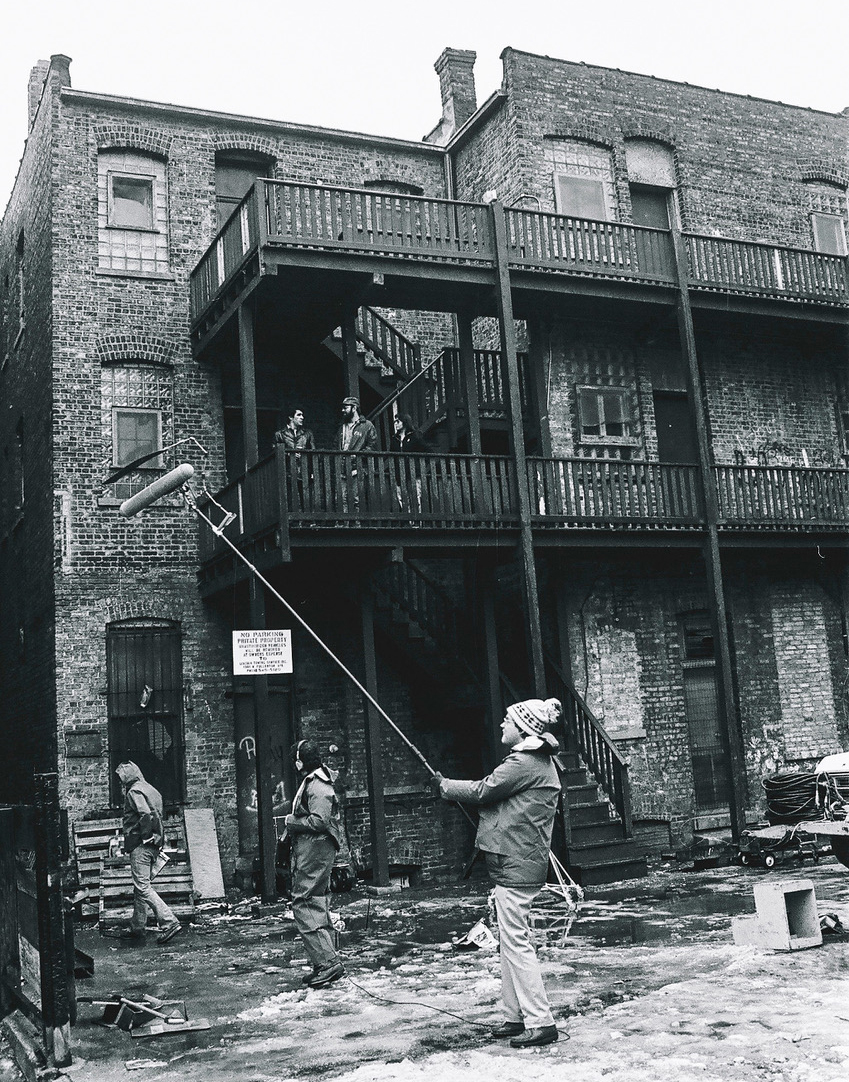
When the Motion Picture Production Center had a fire and needed to be rebuilt, they hired me, a student, to wire it up. That turned into a full-time job for five years after graduation—I did all the sound recording, editing, and mixing for documentaries, professor’s experiments, training films, etc. But I continued to design devices and built a mixer to accompany my Nagra. When I visited Advent Corporation, they saw something in me: I aced their test, and I had a device under my arm. They hired me and I got to apprentice to Henry Kloss, who had worked on the first acoustic suspension loudspeaker, the first widely available electrostatic speaker, the first take-away-to-college all-in-one record player, the first cassette deck with Dolby B and chromium dioxide tape making the Compact Cassette into a music medium, and the first home projection television, making a market for home theater.
That was the start of riding the waves in audio: consumer electronics and loudspeakers at Advent then Apt, my own company, then to Lucasfilm post production and THX, then to teaching at USC Cinema, then to Apple. Each very different but with underlying good audio as its basis. And each one was a prominent area of audio at the time, and sometimes that time passed, and I moved on—I’ve been extremely lucky to have jumped at just the right stage to the next big thing.
What’s your proudest achievement so far?
That’s hard as it’s over a very long time, about 55 years. I’m proud of all of it: I’ve had interns go on to surpass me in impact in fields that I love, I’ve had impact in fields that come together over a long time to make movies sound better at every scale and started some widely used developments like auto-eq, with colleagues. And the preamp and power amp I was responsible for in the 1970’s are still in use every day and serviceable, after 45 years.
How was your experience working for Lucasfilm and what was your role at Skywalker Ranch?
We were on a mission to improve everything in the system and got to start as nobody else had with a blank sheet of paper to say what should be. The Hollywood studios were largely built in the 1930’s and while they had undergone some renovations until 1980, still they were restricted by the shrinking theatrical market, the passing of individuals who ran things to corporations including parking lot owners, and other factors. We really got to say what ought to be rather than what’s the best we can do with what is. The Skywalker Tech Building took years of long hours, was put into service in 1987, and serves to this day. I am proud of that.
How did you come up with THX?
As an overall examination of the whole chain of custody of movie sound, we made many changes. I added Dolby A to production sound recording because otherwise post had to deal with lots of print through on production sound reels. [Analog tape wound up on the takeup reel impresses sound from one layer to the next.] We changed the 35mm recorders and dubbers, the playback devices, a lot. When I started in 1980 the frequency response of one analog generation was +7 –17 dB from 20 Hz to 20 kHz, and when I left in 1995 it was ±1 dB over the same range through many improvements: to heads, film tracking across the heads, Dolby A to SR, etc. Lots of things got improved or vanquished, like head bumps (fixed by making a large, simply-curved head face), all of which together lowered generation loss (film sound is typically five generations of analog in those days!)
THX was kind of a no brainer because looking at the whole chain the Voice of the Theater which had 80% market share was the most limiting stage to range, response, and uniformity of coverage. Coming out of WWII technology about 1947 it was great for the time, but even its developers attempted a reboot in the 1970s but failed at it because they did one bad demo at the Academy theater.
What I did is hardly my own. I went to the library and read everything from the 1930’s through 1980 and found many things. I interviewed manufacturers and many helped, particularly John Eargle with Don Keele’s horn design, Fancher Murray’s compression driver design, and Doug Button’s woofer symmetrical field geometry design (with less distortion in a direct radiator than a horn; take that Paul Klipsch). I read up on crossovers and chose the acoustical Linkwitz-Riley 4th order squared Butterworth and used Canadian professors Stan Lipshitz and John Vanderkooy to fit the electronics to the drivers making it true LR4.
I did add an “invention,” but it’s more accurately a discovery. One day I stuck my head between the screen and the speaker wall behind it, at the bottom of the screen, many feet below the loudspeakers, and I found very spitty hf. What was happening is that the horn emitted sound, it struck and most went through the screen except at higher frequencies, above 5 kHz, where it reflected. In fact, it did so back and forth multiple times until it wound up at my point of observation. I realized by coating the baffle wall with thin absorption that would absorb highs but not lows was a solution, and a patent!
Jim Kessler, the guy who hired me, put it on the tour of post, and some Hollywood guys came to hear what we were doing and adopted it. This broke the chicken-and-egg hegemony of the Voice of the Theater. Exhibitors came to hear it and wanted in, and THX as a business for others was born.
Tell us about your books and how did you decide to write them?
My first book Film for Sound and Television was written from my class notes expanded after six years of teaching, and in my seventh at USC, a sabbatical year. My second was 5.1 Surround Sound Up and Running which was meant to expand 5.1 from film where it was very successful, to music, where it was not. The answer is still out on that. My third was a simpler one for a wider market Sound for Digital Video written with a bright young teaching assistant of mine Arthur Baum. All have had multiple editions and various of them are translated into Japanese, Korean, and Chinese.
You have worked for some of the top technology companies, you have founded companies and unique technologies, have multiple patents in your name and had an academic career as well! How did you manage to do all that and what motivated you?
Having the most leverage and impact on the market is a theme among these things. Take teaching: it’s the thing that most leverages knowledge. When the classroom scene in Boyz n the Hood, comes up and as John Singleton explained it, duplicating an experience of his growing up under the landing path of LAX, he knew the scene needed to have loud airplanes, but if he shot it there he’d never be able to cut it—he had to record it “cleanly” and then dirty it up—that really gets to me as he learned that in my class.
And how did he get the studio to produce the film? When asked about a scene with an expensive helicopter he said, “I can do that with a spotlight and sound.” That’s what got him the job, the studio exec reported later. These are the rewards, and there are many of them.
What do you think is the future of sound?
In some ways we’re going backwards. Television audio is not as good as when digital television provided new expressive capabilities and we’ve fallen backwards, more mono for instance. A lot of times, the commercials are the best sounding in a program.
On the other hand, the streaming services have provided lots more outlets for good sound, and with a great playback system at home that can make it to my listening room. Unfortunately, most people are listening on sound bars. The flat screen tv was the death of home theater for many as it is so much more convenient to use a soundbar than hanging “all those damned speakers.” We work professionally in privileged environments, and only try it out with our noses held on lesser systems. No center, no problem. Doesn’t a phantom image work? Well, kind of, if you sit exactly on the centerline of a very well aligned system in perfect room acoustics. No sub, no problem, just missing 25% of the experience as found by one Ph.D. dissertation.
While the best streaming is great sounding, there is still a lack of knowledge about how to mix for it when it comes to live and more incidental programs. It’s a wild west on level, and while the CALM Act and ATSC A/85 tamed commercials on broadcast tv and subsequently extended to satellite services like HBO, now that we’re internet streaming there are abuses, especially of level.
What should people in our industry improve upon?
Many notions are just backwards, and widely held as gospel. Let me give you just one. “Ye shall not [room] equalize above the Schroeder frequency.” Many people say this but take a look at the data. We measured over 32,000 responses in homes and we could not identify a frequency below which the deviation went up compared to higher frequencies, so you can’t believe the statement. Crossovers and their radiation pattern tilts, driver dispersion, nearby boundaries, etc., lead almost no systems to the requirements the BBC set years ago for their rooms: ±1 dB matching 2 to 12 kHz—this just for no image shift in 50% of observations. Nobody makes speakers this good (well Peter Snell did so at one time, but he’s long gone)! They have to be equalized just to match the channels. And their room location, local and global, exacerbates this matching problem.
BBC Research Report 1964 L-049/4.
I feel like an experimental physicist who has data that the theoretical guys ignore because it doesn’t fit their theories. But 32,000 frequency response curves for speakers in situ measured at listening locations in home rooms? Nobody’s ever had such data. Its use is only limited by the computer horsepower and waiting time to analyze it!
What do you think about the current process of designing sound for video and how can it be improved?
Well, I’m not sure I’m up to speed on this because although I taught principles when I was doing so more than 10 years ago, I couldn’t keep up with the keystrokes at the time. At one time I was as fast as anyone, but it’s been years. I think Gary Rydstrom’s opening joke to my class is relevant.
“Outline of sound post process: Get idea. Reject idea. Get idea. Reject idea. Get idea. Reject idea. Run out of time.”
Walter Murch in his book In the Blink of an Eye explains that working old-style on flatbed film editing tables (at which he stood), allowed time to think while you rewound from tails to heads, and that electronic editing doesn’t provide the time to think. Maybe that’s it: don’t get so involved in speed that you sacrifice ideas. The fastest might seem to be best, but is the work the best it can be?
What’s the most valuable piece of advice you would pass on to those starting out in your field?
Develop an ear. I’ve had several promising students who had already had significant hearing damage by the time they got to me as university Juniors. They had the chops but went other directions in life as they’d already limited themselves at an early age.
I don’t really know how this works. I did an 8-hour experiment at House Ear Institute to hear speech in noise. I was the second-best subject they’d had, and I had the lowest standard deviations, hearing speech some 15 dB below the noise floor (not intelligible—just whether there was speech or not). How did I do this? I protected my hearing even as a young kid. I never did too well at “dictation” in music class—couldn’t write it down. But I could hear it. I think this is part nature, part nurture—the proverbial 10,000 hours to master something comes to mind.
Interestingly a German M.D. has measured hearing loss of tens of thousands of men and boys. He found that noise exposure of just one time of a very high level like a gunshot could “blow out” hearing, but that sound designers working in loud environments for years could have minimal hearing loss. It’s interesting work and doesn’t get much recognition from international standards committees. Every year for a long time it was said by the press that going to the movies was wrecking your hearing, but I found this not to be true at all—try just one sports event like ice hockey—way worse.
What’s next for you?
Having retired from Apple on Halloween, I’m at work on a book Cinema Design to include every size room and write down all the stuff I’ve told architects over the years, salted with stories of a life in sound, and movies.
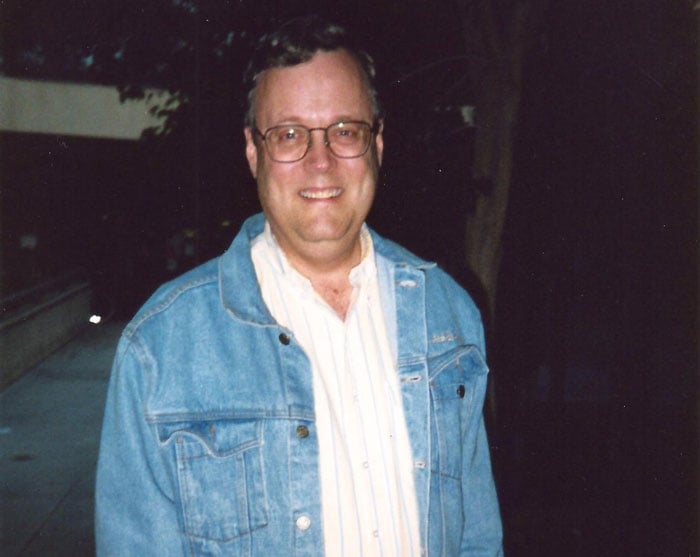
Is there anything else you would like to share with us?
Of course, this blog post has been an outline of a professional life. One also has to have a home life if we are to find balance in our lives. Mine has been fortunate in being with the same guy for forty-one years, eight of them even legally married from when it became legal (the second and final time) in California. In a Cinema Audio Society award acceptance several years ago, I called out the spouses as long-suffering with the hours that we put into our work, and I got applause for that.
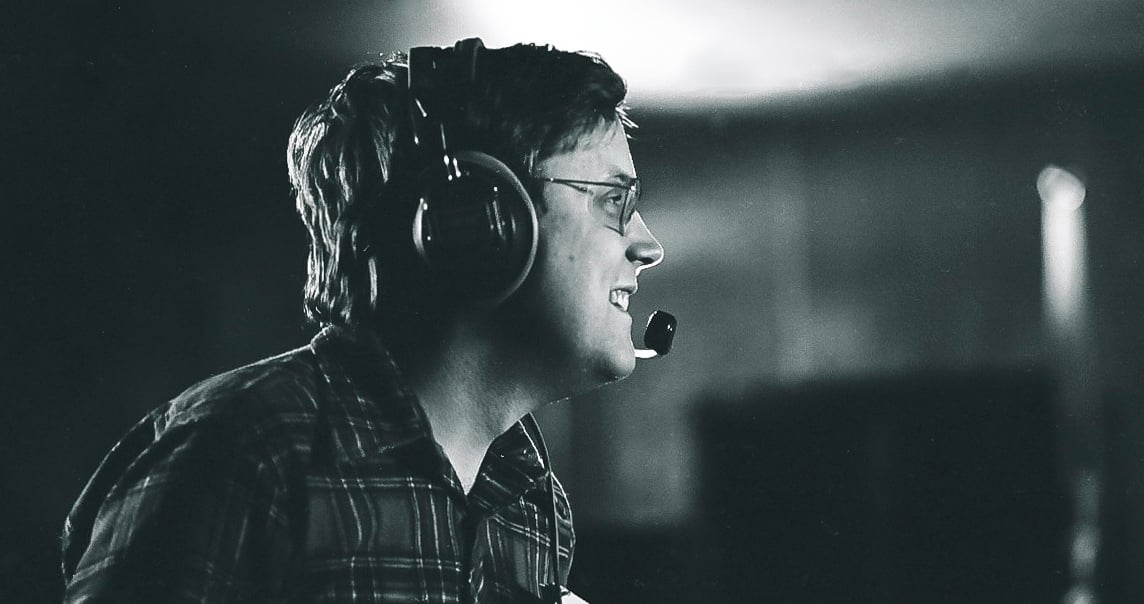
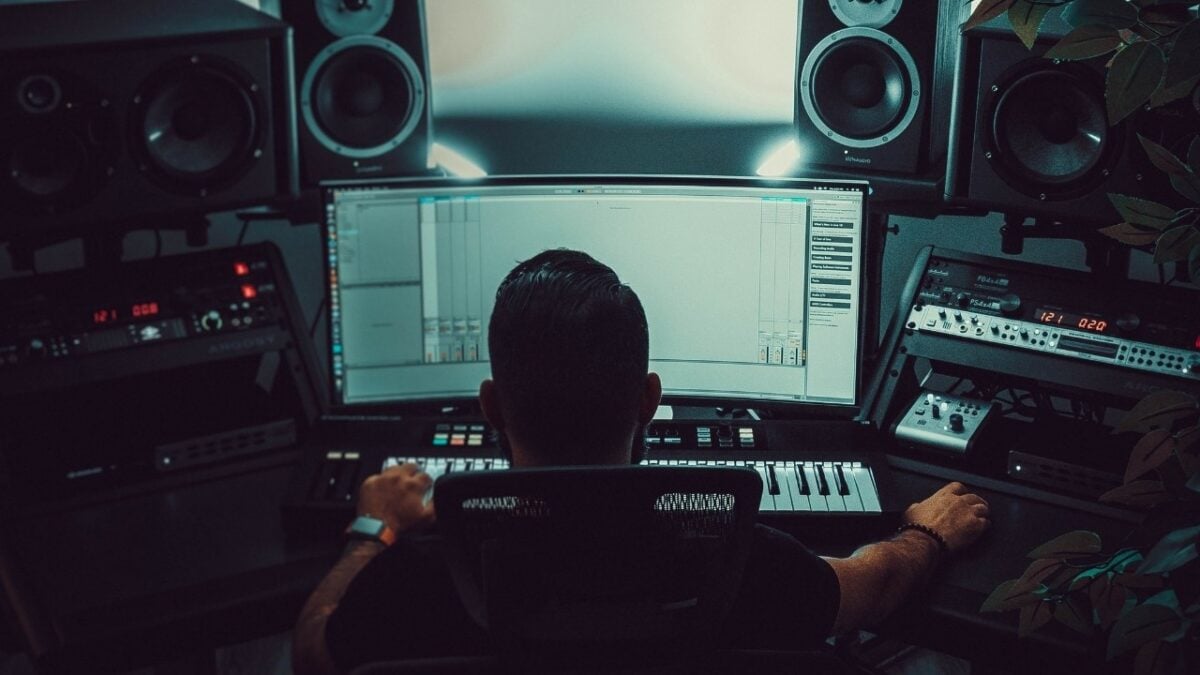
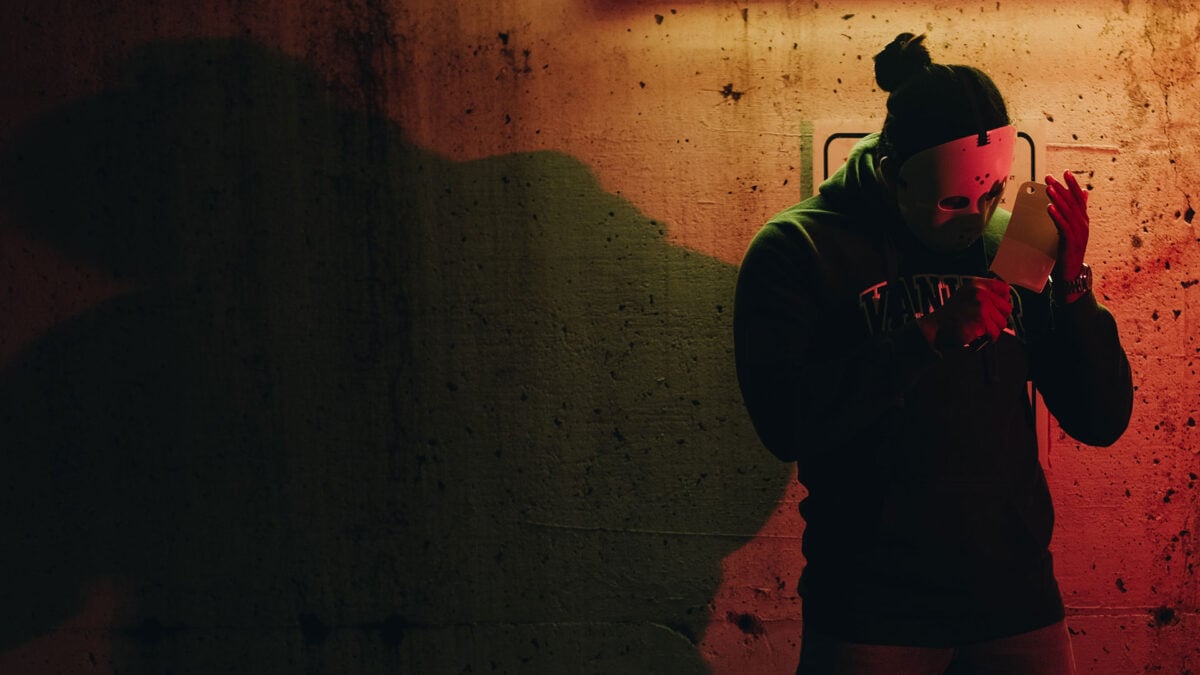

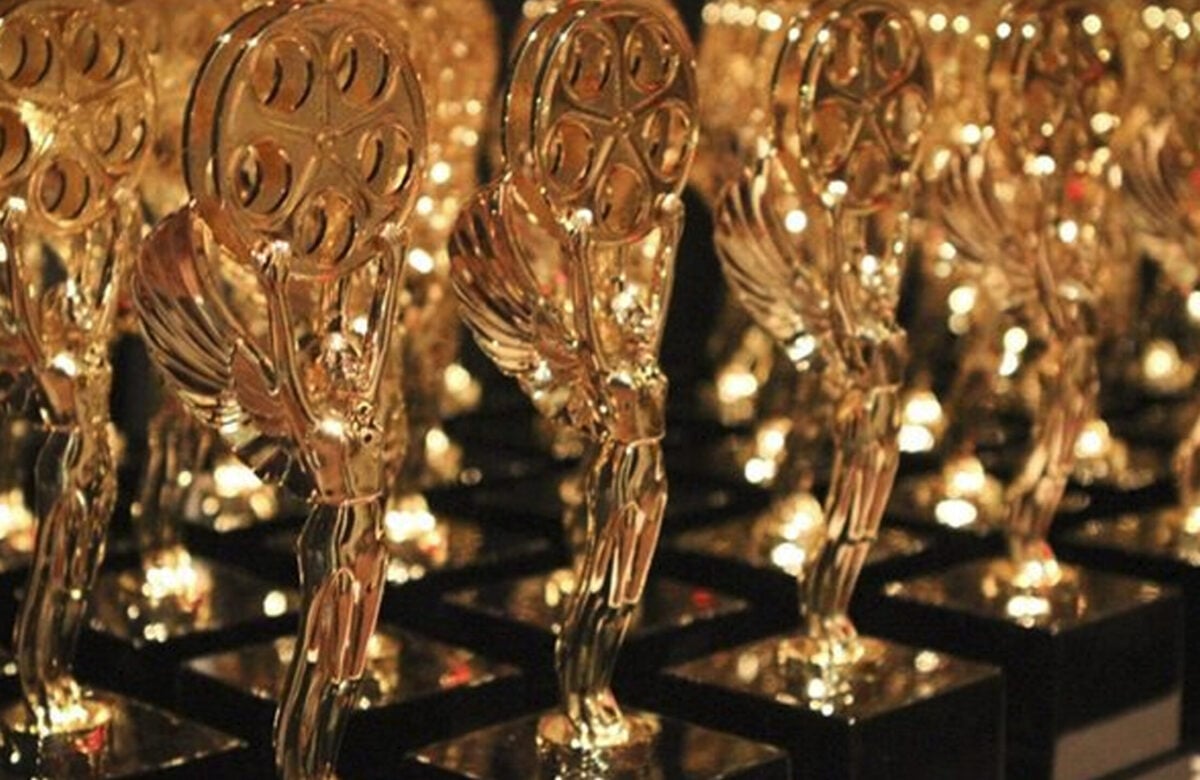
One comment